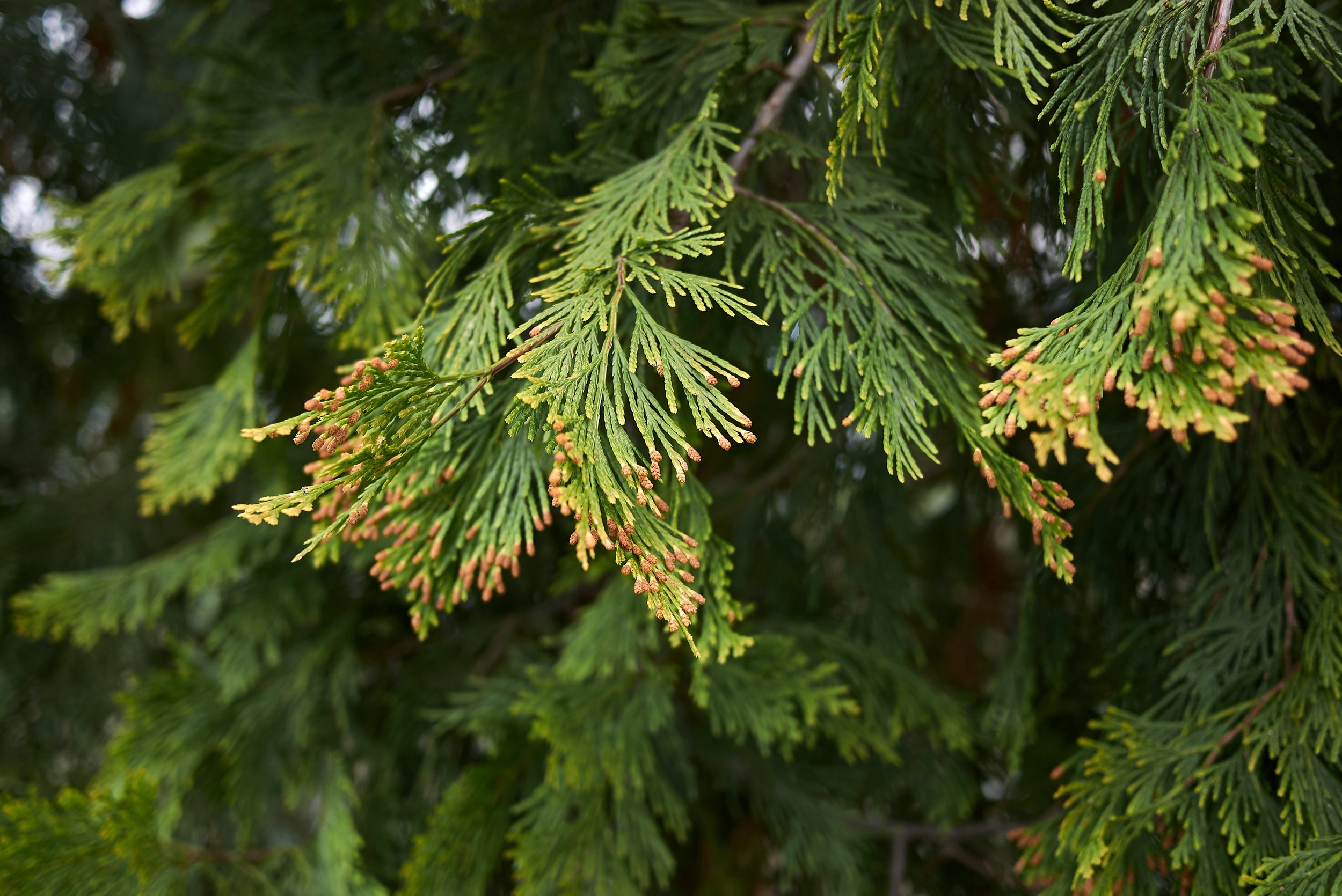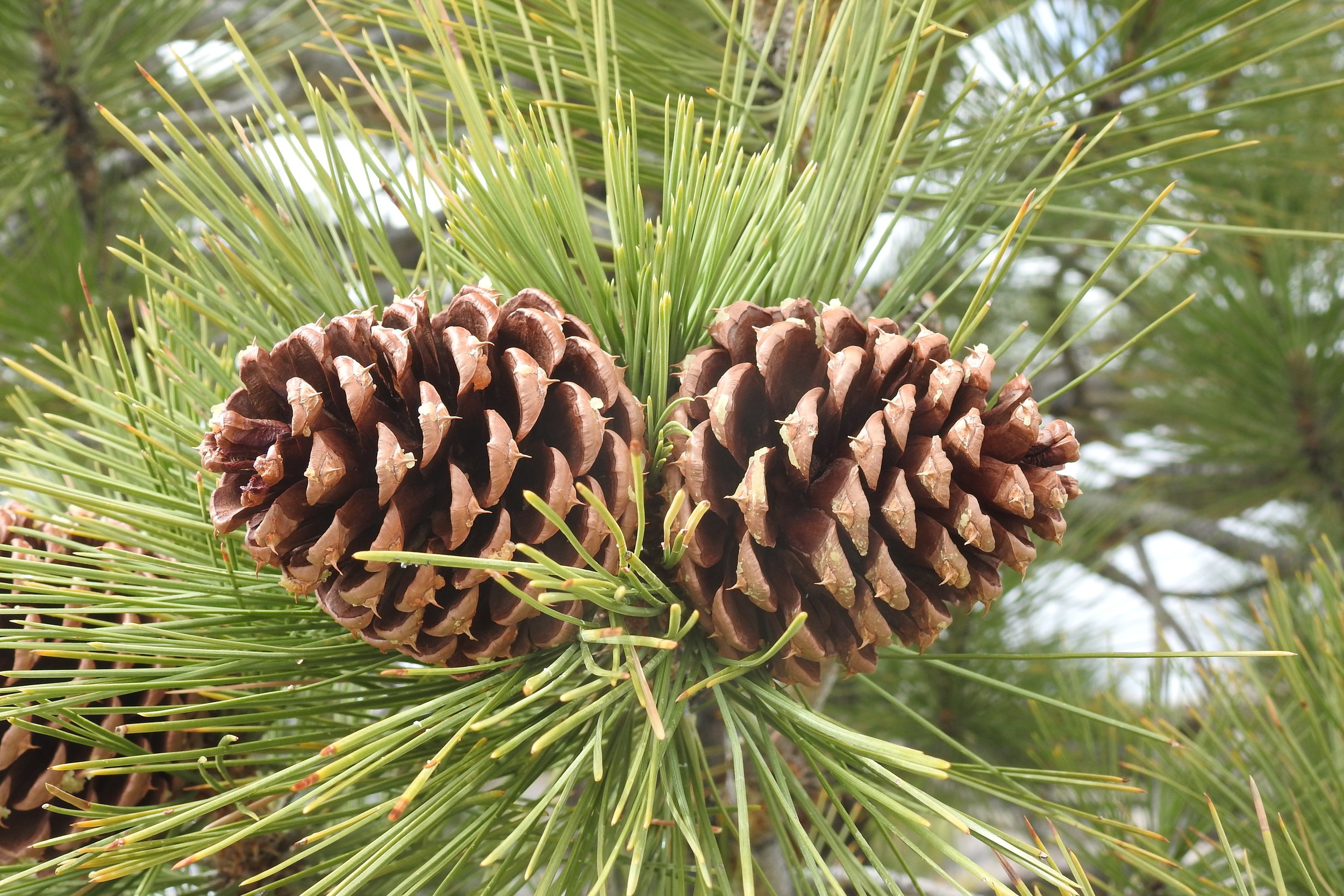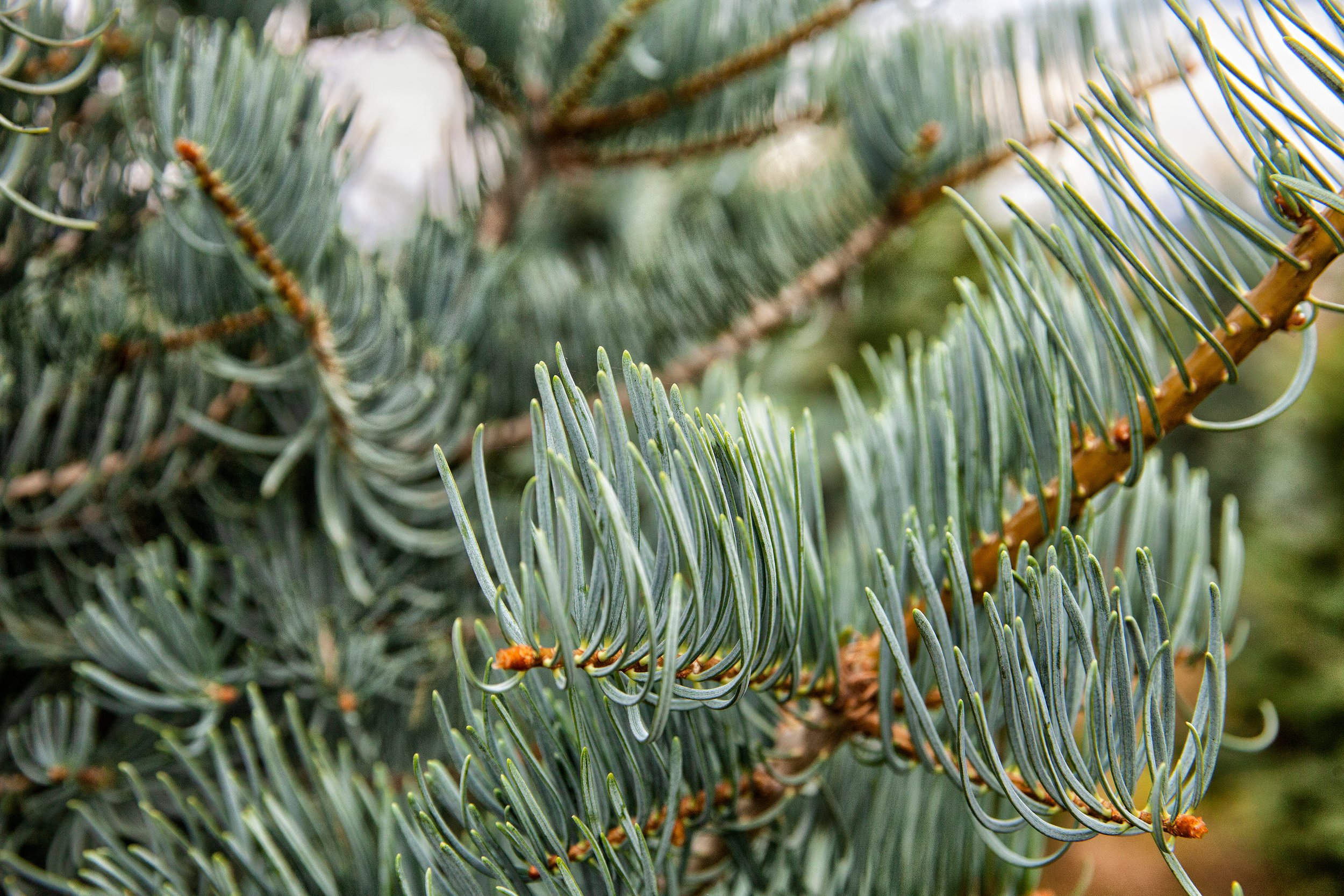Common Tahoe Tree Species
-

Incense Cedar
Calocedrus decurrens
Size: 80-120 feet, some larger
Cones: Red brown to golden brown
Leaves: Small scale like in whirls of four
Bark: Cinnamon brown, fibrous, furrowed and ridged
Scent: Aromatic warm, spicy vanilla, traditional cedar odor
Landscape Issues: Susceptible to flooding
Pests & Pathogens: Western mistletoe, root disease (kills more incense cedar than any other pathogen)
-

Ponderosa Pine
Pinus ponderosa
Size: 80-120 feet, some larger
Cones: Outward facing spikes
Leaves: Needle like bundles of three, bright green color
Bark: Orange brown with scaly platelike appearance
Scent: Turpentine
Landscape Issues: Can be over irrigated in poorly drained soil
Pests & Pathogens: rust, bark beetles
-

Jeffrey Pine
Pinus jeffrey
(Named by the Scottish botanist, Jjohn Jeffrey.)
Size: 80-120 feet, some larger
Cones: Pale brown with inward spikes
Leaves: Needle like bundles of three, of a waxy pale green color
Bark: Reddish brown and deeply furrowed
Scent: Vanilla, butterscotch, pineapple
Landscape Issues: Susceptible to root disease with excessive irrigation at root crown
Pests & Pathogens: Jeffrey pine and red turpentine bark beetles, western dwarf mistletoe, blue stain fungus, various other parasites, limb and needle rust
-

White Fir
Abies concolor
Size: 80-120 feet, some larger
Cones: Upright and stay upon branch until seeds are shed and disintegrate
Leaves: Needle-like, flat whitish beneath, curved upward
Bark: Smooth whitish grey, becoming hard and irregularly furrowed with age
Scent: Citrus or orange
Landscape Issues: Overcrowding can occur making thinning necessary
Pests & Pathogens: Engraver beetle, western dwarf mistletoe and root disease

